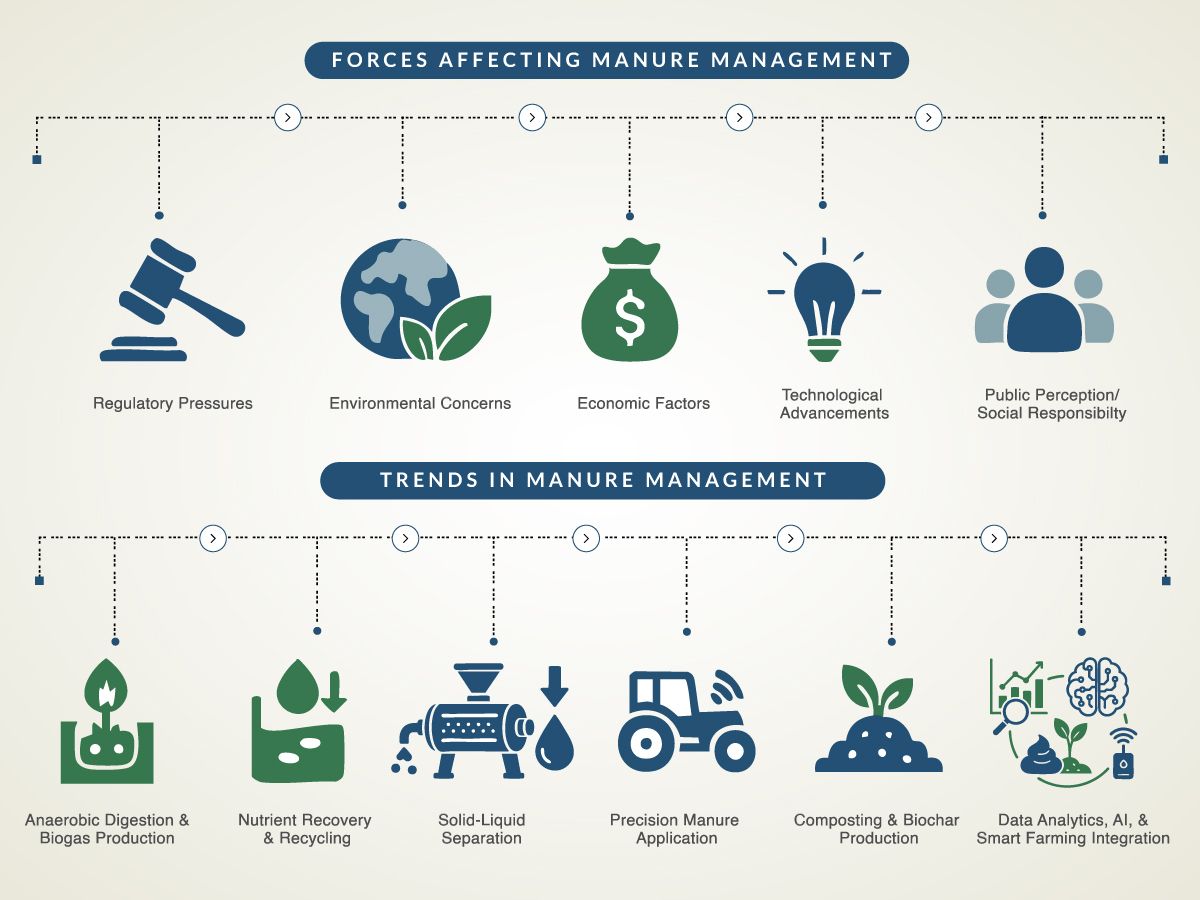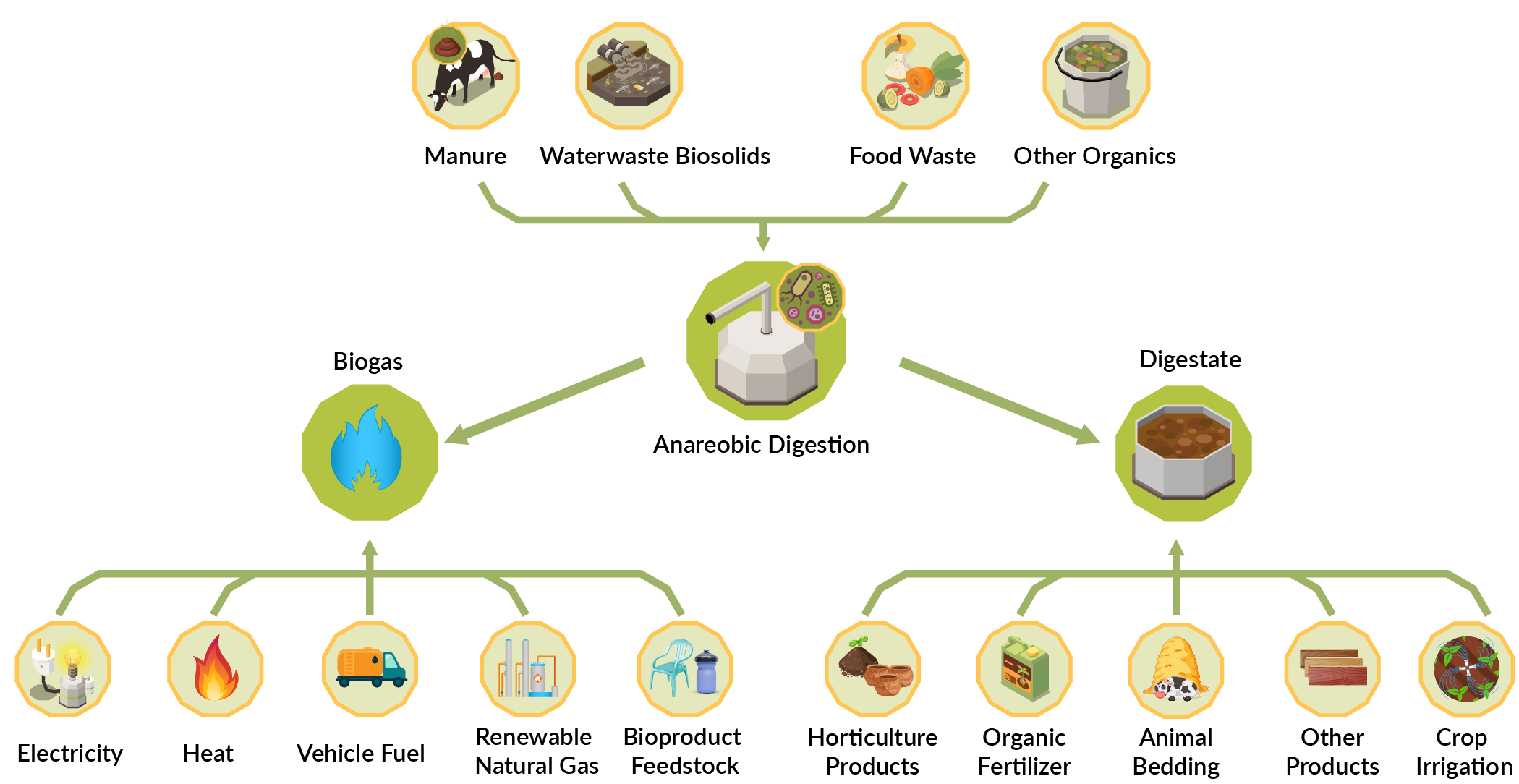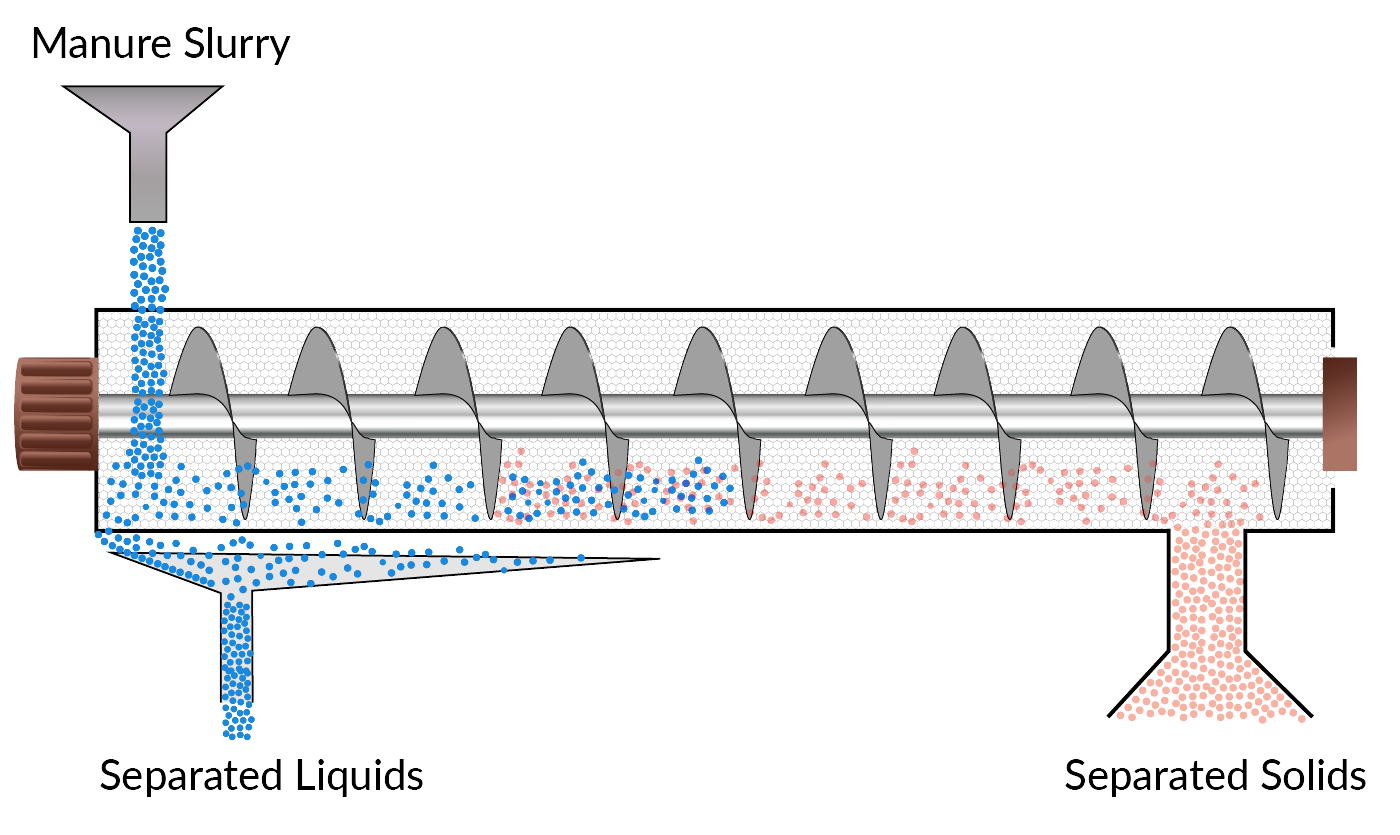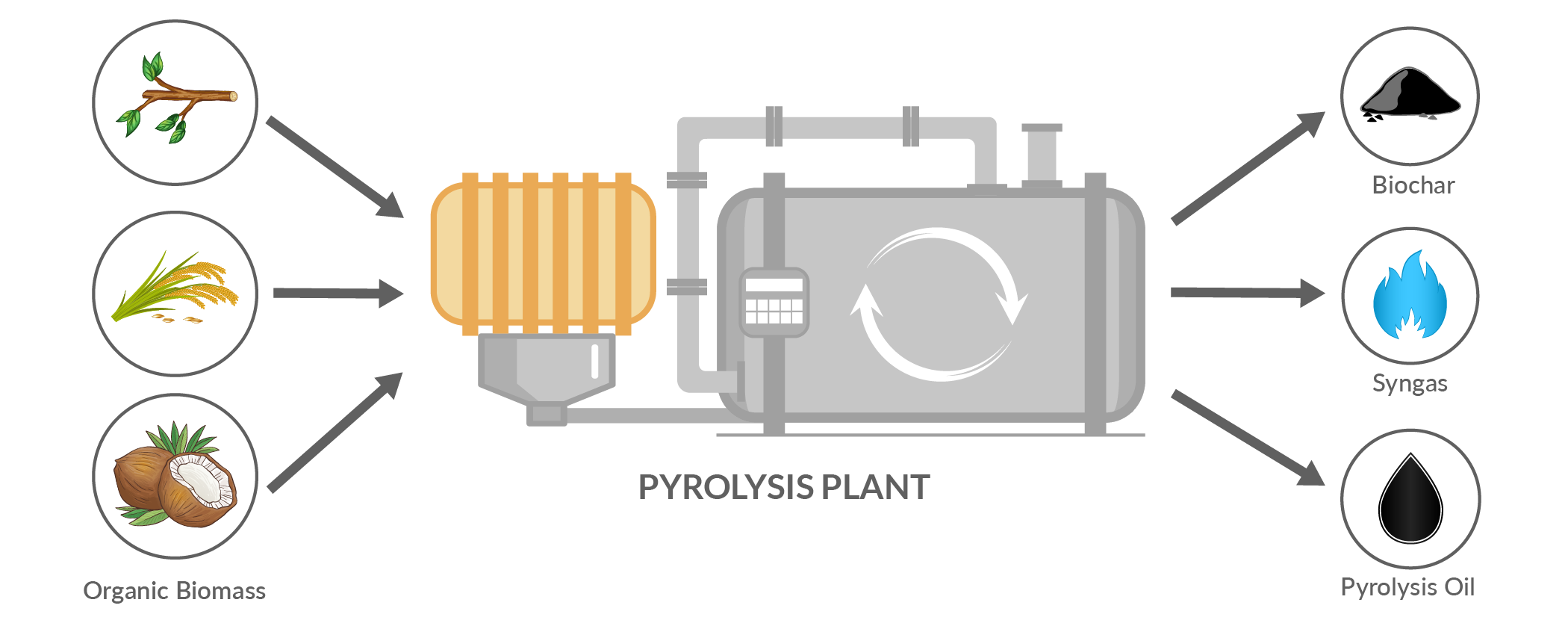
Introduction
Manure management is a critical aspect of modern agriculture, impacting soil health, water quality, greenhouse gas emissions, and overall farm sustainability. As livestock production intensifies, effective manure management becomes essential for regulatory compliance, environmental protection, and economic viability. This paper explores the key forces shaping manure management and the latest technological trends driving innovation in the field.
Forces Affecting Manure Management
Regulatory Pressures
Government regulations at local, national, and international levels increasingly dictate manure management practices. Policies such as the Clean Water Act (U.S.), the Nitrate Directive (EU), and various nutrient management regulations impose restrictions on manure application, storage, and disposal to prevent environmental contamination. Farmers must comply with these regulations to avoid fines and maintain sustainable operations. Compliance often requires investment in infrastructure, such as lined storage lagoons, nutrient management plans, and controlled application techniques, adding financial and logistical burdens to livestock producers.
Environmental Concerns
Manure mismanagement contributes to nutrient runoff, water pollution, and greenhouse gas emissions. Excess nitrogen and phosphorus from manure can lead to eutrophication in water bodies, harming aquatic ecosystems and leading to algal blooms that deplete oxygen levels, endangering marine life. Additionally, manure emits methane and nitrous oxide, potent greenhouse gases that may contribute to climate change. Growing environmental awareness and climate change mitigation efforts are driving improvements in manure handling and utilization. Sustainable practices, such as improved manure storage, reduced application rates, and vegetative buffer strips, are being adopted to mitigate these issues.
Economic Factors
The cost of manure storage, transportation, and application significantly affects farm profitability. Farmers must balance expenses related to manure processing and equipment investments with the potential revenue from manure-based fertilizers or biogas production. Rising input costs and volatile commodity prices also influence manure management decisions. In some regions, manure is considered a valuable resource due to its nutrient content, reducing the need for synthetic fertilizers, while in others, the cost of disposal outweighs its benefits. Efficient manure management systems help minimize financial risks and maximize resource utilization.
Technological Advancements
New technologies are improving manure handling, processing, and utilization. Innovations in anaerobic digestion, nutrient recovery, and precision application are making manure a more valuable resource
rather than a waste product. Farmers adopting these technologies can increase efficiency, reduce costs, and enhance environmental sustainability. Emerging automation tools also streamline manure processing and application, ensuring that nutrients are applied at optimal times and locations to maximize crop uptake while minimizing environmental impact.
Public Perception and Social Responsibility
Consumers are becoming more conscious of sustainable agricultural practices, pushing producers to adopt environmentally friendly manure management strategies. Public scrutiny and corporate sustainability commitments are compelling livestock operations to minimize their environmental footprint through improved manure practices. Transparency in manure handling, through certifications and traceability programs, can enhance consumer trust and support market access for farmers adopting sustainable practices.
Emerging Technological Trends in Manure Management
Anaerobic Digestion and Biogas Production
Anaerobic digestion (AD) is a widely adopted technology that breaks down organic matter in manure to produce biogas (methane) and nutrient-rich digestate. The methane can be used for electricity generation, heating, or as a renewable natural gas, providing an alternative income stream for farmers. Advances in AD technology, such as modular digesters and co-digestion with food waste, are improving efficiency and accessibility. Governments and private investors are increasingly supporting biogas projects through subsidies and incentives, recognizing their role in renewable energy production and greenhouse gas reduction.

Nutrient Recovery and Recycling
New technologies allow for the extraction of valuable nutrients from manure, turning waste into high-quality fertilizers. Processes like struvite precipitation recover phosphorus, while ammonia stripping captures nitrogen for use in synthetic fertilizers. These innovations help reduce nutrient runoff while providing farmers with marketable products. Enhanced nutrient recovery systems are integrating with irrigation methods, allowing for targeted nutrient application based on soil testing and crop needs.
Solid-Liquid Separation
Mechanical separators and centrifuges are being used to divide manure into solid and liquid fractions. The solid fraction can be used as compost or bedding material, while the liquid portion can be applied to fields with precision irrigation systems. Improved separation techniques help manage nutrients more effectively and reduce storage costs. This technology is particularly useful in large-scale livestock operations where excessive manure accumulation can pose disposal challenges.

Precision Manure Application
GPS-guided manure application, variable rate technology (VRT), and automated injection systems are helping farmers apply manure more precisely, minimizing waste and environmental impact. These technologies ensure that nutrients are delivered exactly where they are needed, improving crop uptake and reducing runoff. Precision application also helps prevent over-application, which can lead to groundwater contamination and regulatory violations.
Composting and Biochar Production
Composting manure stabilizes nutrients and reduces pathogen levels, making it a valuable soil amendment. Biochar production from manure offers an alternative method for carbon sequestration while enhancing soil health. These processes provide additional revenue opportunities while addressing environmental concerns. Composting is increasingly being adopted by organic farms and those looking to improve soil organic matter without synthetic fertilizers.

Data Analytics, AI, and Smart Farming Integration
The integration of manure management with precision agriculture is becoming increasingly common. Sensors, remote monitoring, and data analytics help farmers optimize manure use, track emissions, and ensure compliance with environmental regulations. Smart manure management systems can automate decisions and improve efficiency.
Artificial intelligence (AI) is emerging as a powerful tool in manure management by enabling predictive analytics, automated decision-making, and optimization of resource utilization. AI-powered models analyze historical and real-time data to forecast nutrient levels in manure, optimizing application schedules to match crop needs. Machine learning algorithms can detect inefficiencies, predict system failures, and recommend corrective actions, reducing waste and enhancing operational performance.
AI-driven automation is also being integrated into manure processing systems. Advanced robotics, guided by AI, can monitor and adjust manure storage conditions, ensuring optimal temperature and moisture levels for composting or biogas production. AI-controlled drones and sensors can assess soil conditions, adjusting manure application rates dynamically to maximize efficiency and minimize environmental impact.
In addition, AI-driven image recognition technology can be used to detect leaks, equipment malfunctions, and improper manure storage conditions, providing real-time alerts to farm operators. These advancements help farmers improve compliance with regulatory requirements while reducing operational costs and environmental risks.
Role of Standard Electrical Controls in Manure Management Systems
Standard electrical controls are playing an integral role in modern manure management by automating various processes and enhancing efficiency. Motor starters, industrial relays, programmable logic controllers (PLCs), pilot devices, human-machine interfaces (HMIs), and supervisory control and data acquisition (SCADA) systems are used to monitor and regulate manure handling operations. These systems control pumps, mixers, separators, and anaerobic digesters, ensuring optimal performance and reducing labor costs. Advanced sensor technology integrated with electrical control systems enables real-time monitoring of nutrient levels, moisture content, and gas emissions, facilitating data-driven decision-making. The integration of smart electrical controls helps improve system reliability, minimize downtime, and support compliance with environmental regulations.
Automated electrical systems also contribute to energy efficiency, reducing the overall carbon footprint of manure management. Smart monitoring systems can adjust aeration rates, mixing speeds, and biogas production parameters in response to real-time conditions, optimizing efficiency and reducing operational costs. These systems are increasingly integrated with renewable energy sources such as solar or wind power, further enhancing sustainability.
Conclusion
Manure management is influenced by a complex interplay of regulatory, environmental, economic, technological, and social factors. As pressures to mitigate environmental impact and improve efficiency grow, innovative technologies are transforming manure from a liability into a valuable resource. Advancements in anaerobic digestion, nutrient recovery, precision application, and data-driven farming are paving the way for more sustainable and profitable manure management practices. By adopting these emerging technologies and leveraging standard electrical controls, farmers can enhance productivity while meeting environmental and regulatory requirements, ensuring a more resilient agricultural future. The continued integration of automation, renewable energy, and precision monitoring will be critical in driving manure management towards greater sustainability and economic viability.
----------------------------------------
Disclaimer:
The content provided is intended solely for general information purposes and is provided with the understanding that the authors and publishers are not herein engaged in rendering engineering or other professional advice or services. The practice of engineering is driven by site-specific circumstances unique to each project. Consequently, any use of this information should be done only in consultation with a qualified and licensed professional who can take into account all relevant factors and desired outcomes. The information was posted with reasonable care and attention. However, it is possible that some information is incomplete, incorrect, or inapplicable to particular circumstances or conditions. We do not accept liability for direct or indirect losses resulting from using, relying or acting upon information in this article.
ISO 9001:2015
Certified
17+ Million Product
Configurations
Lifetime
Warranty
Guaranteed
Same-Day Shipping
Advantage Pricing
Save Up To 40%
c3controls Headquarters, USA
664 State Avenue
Beaver, PA 15009
